This article was medically reviewed by Sarah Gehrke, RN, MS and by wikiHow staff writer, Jennifer Mueller, JD. Sarah Gehrke is a Registered Nurse and Licensed Massage Therapist in Texas. Sarah has over 10 years of experience teaching and practicing phlebotomy and intravenous (IV) therapy using physical, psychological, and emotional support. She received her Massage Therapist License from the Amarillo Massage Therapy Institute in 2008 and a M.S. in Nursing from the University of Phoenix in 2013.
This article has been viewed 12,613 times.
If your child has been diagnosed with autism spectrum disorder (ASD) or a related condition, you may need to take care in arranging your home so they are safe and happy. The home should be a peaceful, warm environment in which your child feels comfortable. To make a secure home for your autistic child, you must balance between protecting their safety and eliminating sources of sensory overstimulation. It can take some work, but if done right you and your child will enjoy a comfortable home environment.[1]
Steps
Avoiding Sensory Overstimulation
-
1Remove and replace fluorescent lights. Many autistic people have severe sensory problems with fluorescent lights. If you have any fluorescent lighting in your home, replace it with soft, warm lamps or non-fluorescent fixtures.[2] [3]
- The reasons autistic people have difficulty with fluorescent lights differ depending on the person. For some, it is a visual disturbance. Their eyes are more sensitive to light and light patterns than yours may be, and fluorescent lights have a strobing effect. Imagine how annoyed you would be if someone kept turning the lights on and off repeatedly.
- Other autistic people have highly sensitive hearing and can actually hear the hum of fluorescent lights in a way that is actively annoying. Think of a fly or mosquito buzzing in your ear.
- Autistic children may have problems with other lights as well, particularly if they're extremely harsh or bright.
- If your child is nonverbal, pay attention to how they act in various rooms of the house. For example, if your child seems particularly agitated in the kitchen, turn off the overhead light and see if the child relaxes.
- Even fairly communicative autistic children may nevertheless have difficulty telling you the lights in the room are bothering them. They may not even realize themselves that the lights are the problem until you change them.
-
2Use unscented household products. Many autistic children become agitated by harsh smells. Even a smell you think is nice – such as fabric softener – can be irritating if it is too strong or noticeable.[4] [5]
- You can find unscented cleaners and detergents anywhere you normally buy your household cleaning supplies.
- Think of all the different smells you have in your home, and adjust or eliminate them if your child reacts unfavorably to them or shows signs of agitation.
- Heightened sensitivity to smell also can cause a reaction to personal care products such as body washes, lotions, aftershaves, colognes, and perfumes.
- Some autistic children also may have allergies to ingredients commonly found in household cleaning and personal care products. Allergies can cause headaches and other distress.
- If your child is nonverbal, they may be unable to tell you what's going on. Remove the source of the harsh or strong smell, and see if you notice a difference in your child's behavior.
Advertisement -
3Build a structured home routine. Autistic children typically respond well to a routine, because they know what to expect – and what's expected of them – over the course of the day. A routine can help the autistic child feel more secure at home.[6]
- To some extent, this means everybody in the home will have to follow a routine – at least when viewed through the eyes of your autistic child.
- If the child knows where everyone will be over the course of the day, they will be less anxious.
- This doesn't necessarily mean you have to plan your own schedule in rigid, half-hour blocks if that doesn't work for you. However, make an effort to keep things fairly routinized during the child's waking hours – particularly in relation to activities that involve the child.
- For example, set a time that the family will have dinner every night. If you need to deviate from this schedule for any reason, let your autistic child know in advance and give them the information they need to understand and prepare for that disruption in their routine.
-
4Create a private space for your child. Autistic children need a place where they can retreat from an over stimulating and demanding world. Work with your child to create this place and fill it with their favorite things.[7] [8]
- Many autistic children have their place in their own room, but other children favor a different part of the house.
- Do what you can to make it safe and easy for the child to reach their safe space, particularly if it is in an area where they potentially could get hurt.
- For example, some autistic children prefer to be higher up off the ground. You may create a place for such a child on an upstairs landing that overlooks the downstairs. Other autistic children want to be under things, so they may create space under a table or counter.
- A small outdoor tent is a relatively inexpensive way to create a private space in an otherwise open area of the house that's prone to heavy traffic.
- Once you create the private space for your child, make an effort not to touch it or anything in it, or to intrude on the space.
-
5Organize everyday household items and avoid clutter. Most autistic children prefer things have a sense of order, but the way your child would organize things may not be particularly functional or helpful for you.[9]
- For example, your child may want all the food in the pantry to be arranged according to the size of the box or can, while you want your pantry arranged by food type.
- Keep things in the house neat, and explain to your child the reason for a particular method of organization. You might say "The pantry is arranged by type of food so mommy can easily find your favorite foods for dinner and know when we need to get more."
- Keeping things organized also keeps distractions to a minimum. Many autistic children have difficulty focusing in a space that's cluttered or full of haphazard objects. Use drawers and opaque bins to reduce visual clutter.
-
6Keep sources of light and sound separate. Autistic children often experience over-stimulation because there is too much going on and they lack the ability to filter the various sensory inputs. Be aware of the different sensory inputs in your home and try to eliminate multiple inputs at the same time.[10] [11]
- For example, if the family is watching television, don't do laundry or run the dishwasher at the same time. Close doors to other areas of the house where there is noise.
- When someone is speaking, put the television or stereo on mute rather than talking over the other sound. Autistic children can have difficulty distinguishing sound from multiple sources and they may literally not hear you if you're talking with background noise.
- You also should try to avoid having light coming from multiple sources. For example, if the television is on, turn off the overhead light in the room. Turn off lights in other rooms when no one is in them.
Eliminating Safety Risks
Autistic children can be curious about their environments. Especially if you have a young child, it's important to limit access to potentially dangerous things.
-
1Install safety latches on cabinets and drawers. Purchase child-safety latches at a discount or home improvement store and use them on kitchen and bathroom cabinet doors and drawers you don't want your autistic child to get into.[12] [13]
- You also may want to use catches with the same doors and drawers to keep them from slamming shut and potentially injuring your child.
- Where possible, install the latches where the child cannot reach them. This may become more difficult as the child gets older, but hopefully as they get older they will have learned how to be safe.
- You also can use signs as visual reminders of areas of the house that are off-limits to the child, or that the child shouldn't access without an adult present.
- Find a bright, positive image you can use for your signs, and place them at the child's eye level.
-
2Unplug appliances when not in use. All children are naturally curious, including autistic children. Electrical items such as hair dryers and toasters can cause severe injury and property damage if left plugged in and unattended.[14]
- Use caution when you are using appliances to ensure that your child is out of the way or otherwise occupied.
- When appliances and other electrical devices are plugged in, keep the cords out of the way so they do not become a tripping hazard. You also want to watch for hanging cords, which can be tempting to grab or pull.
- Use electrical outlet covers on outlets that aren't in use to keep your child from sticking anything in them. Teach your child that electrical outlets are not safe to play with, because they can shock you.
-
3Secure dangerous items. All homes contain some items which would be dangerous to any child if they got ahold of them. Household cleaners with poisonous chemicals and sharp objects such as kitchen knives should be locked away.[15]
- Store them in a locked box or container on a high shelf or other area out of reach to your child.
- Make sure your child understands that these things are not for them, but also avoid leaving them around where your child might be tempted to investigate them.
- Avoid using dangerous items in your child's presence, as they may become more interested in those items if they see you using them.
-
4Arrange furniture carefully. How you arrange the furniture in your house will depend on the everyday behavior of your particular child. Do what you can to accommodate the child's non-destructive behavior as well as prevent them from getting injured.[16] [17]
- For example, if your child likes to run, give them space to run around the house without running into anything or knocking anything over.
- Put padding on sharp corners and edges so your child won't get hurt if they bump into them. You may want to replace glass tables or shelves, which could easily be broken.
- Attach taller furniture such as bookcases or dressers to the wall so your child can't pull them over.
- Avoid placing furniture near windows that your child could climb on to reach the window and climb out.
-
5Block stairs and unsafe places with gates. If you want to keep your child out of certain areas of the house entirely, a baby gate can be a temporary solution to indicate that the area is off-limits. These gates have the benefit of being entirely removable.[18]
- You can typically find a baby gate and home improvement and discount chain stores. You also may be able to find used ones at online auction sites or even in a local garage sale.
- You may want to attach a sign to the gate, similar to the ones you placed on cabinet doors, to communicate to the child that whatever is beyond that gate is off limits.
Preventing Your Child from Wandering
-
1Make time for supervised wandering. Autistic children are naturally curious, and may want to explore certain areas of the neighborhood. If they're interested in exploring, give them a time to wander with an ability-appropriate level of adult supervision. This way, they can satisfy their curiosity and have fun while still having someone to look out for them.
- For example, if your child expresses curiosity about some nearby woods, you could take them for a leisurely walk in the woods so they can explore.
- Older, more responsible children can be given parameters. For example, "You may wander in the field next to the restaurant while we finish eating," or "You have the run of the park and I'll be here with my book if you need me."
-
2Consider fencing your yard. Autistic children often enjoy playing outdoors. Fencing in your yard can give them a safe and controlled place to play outside without having to worry about outside threats.[19]
- To work properly, the fence should completely enclose an area with no large gaps. Any gates should be locked from the outside.
- Keep in mind that if you plan to fence your entire property, you typically must first complete a survey to ensure the proper boundaries between your property and that of your neighbors.
- If you live in an apartment or rent a house, fencing your yard may not be an option. In this case, try to make time to go outside with your child each day so they aren't tempted to wander out on their own.
-
3Lock doors and windows. Many parents are concerned that they will turn their home into a prison if they keep all the doors and windows locked at all times. However, doing so can keep your child from wandering away.[20] [21]
- Try to use locks that your child cannot reach and open themselves. This may mean installing an additional lock at the top of the door or window where your child can't reach.
- Keep in mind that many autistic children actually feel more comfortable and relaxed if the doors and windows are secure and they know that nobody can go in or out of the house.
-
4Set alarms on doors and windows. You don't necessarily have to spring for an expensive security system for your home. A simple bell on a string can let you know if a door or window is opened.[22] [23]
- The point with these alarms is to notify you that the door or window has been opened – not to frighten your child.
- You can hang a bell or buzzer just on the edge of a door so that the door brushes it when it opens. You also can hang a bell from the door so that it rings when the door is moved.
-
5Encourage your child to go to their private space if they are overwhelmed or scared. Sometimes, autistic children run off because they can't handle a situation. Teach your child that they can run to their quiet place, and that they'll be left alone to relax there. This way, they don't need to leave home to find peace.
- Make sure that the private space remains a refuge. Avoid bothering your child when they are inside it, and don't let other children intrude upon the space. If the child gets interrupted when they are trying to calm down there, they'll learn that it isn't a peaceful space, and may try to run away in order to find somewhere more secluded.
-
6Talk to your neighbors. Particularly if your child is prone to wandering away from home, it's important that all of your neighbors understand that your child is autistic and know what to do if they see them wandering around the neighborhood.[24] [25] [26]
- Let them know if your child should be approached, and what is a safe way to do so. If your child is nonverbal and has difficulty with strangers, you may want to tell your neighbors to keep the child in sight and call you instead of approaching them themselves.
- You also may want to let local law enforcement or the fire department know about your autistic child, in case they have wandered off or there is an emergency.
- This is particularly important if your child is nonverbal. Autistic children can panic if people are demanding or confrontational towards them, and could lash out or flee in fear.
References
- ↑ http://www.everydayhealth.com/columns/health-answers/rearrange-the-home-environment-for-your-child-with-autism/
- ↑ http://www.everydayhealth.com/columns/health-answers/rearrange-the-home-environment-for-your-child-with-autism/
- ↑ http://www.autism-programs.com/articles-on-autism/optimum-home-environment-for-children-with-autism.htm
- ↑ http://www.everydayhealth.com/columns/health-answers/rearrange-the-home-environment-for-your-child-with-autism/
- ↑ http://www.autism-programs.com/articles-on-autism/optimum-home-environment-for-children-with-autism.htm
- ↑ http://www.everydayhealth.com/columns/health-answers/rearrange-the-home-environment-for-your-child-with-autism/
- ↑ http://www.everydayhealth.com/columns/health-answers/rearrange-the-home-environment-for-your-child-with-autism/
- ↑ http://learnfromautistics.com/creating-a-sensory-friendly-home-for-your-autistic-child/
- ↑ http://www.autism-society.org/living-with-autism/how-the-autism-society-can-help/safe-and-sound/safety-in-the-home/
- ↑ http://www.autism-programs.com/articles-on-autism/optimum-home-environment-for-children-with-autism.htm
- ↑ http://learnfromautistics.com/creating-a-sensory-friendly-home-for-your-autistic-child/
- ↑ http://www.myasdf.org/site/media-center/articles/protecting-your-autistic-child-at-home-or-away-2/
- ↑ http://www.everydayhealth.com/columns/health-answers/rearrange-the-home-environment-for-your-child-with-autism/
- ↑ http://www.everydayhealth.com/columns/health-answers/rearrange-the-home-environment-for-your-child-with-autism/
- ↑ http://www.everydayhealth.com/columns/health-answers/rearrange-the-home-environment-for-your-child-with-autism/
- ↑ http://www.myasdf.org/site/media-center/articles/protecting-your-autistic-child-at-home-or-away-2/
- ↑ http://www.autism-society.org/living-with-autism/how-the-autism-society-can-help/safe-and-sound/safety-in-the-home/
- ↑ http://www.autism-society.org/living-with-autism/how-the-autism-society-can-help/safe-and-sound/safety-in-the-home/
- ↑ http://www.myasdf.org/site/media-center/articles/protecting-your-autistic-child-at-home-or-away-2/
- ↑ http://www.myasdf.org/site/media-center/articles/protecting-your-autistic-child-at-home-or-away-2/
- ↑ http://www.everydayhealth.com/columns/health-answers/rearrange-the-home-environment-for-your-child-with-autism/
- ↑ http://www.myasdf.org/site/media-center/articles/protecting-your-autistic-child-at-home-or-away-2/
- ↑ http://www.everydayhealth.com/columns/health-answers/rearrange-the-home-environment-for-your-child-with-autism/
- ↑ http://www.myasdf.org/site/media-center/articles/protecting-your-autistic-child-at-home-or-away-2/
- ↑ http://www.everydayhealth.com/columns/health-answers/rearrange-the-home-environment-for-your-child-with-autism/
- ↑ http://www.autism-society.org/living-with-autism/how-the-autism-society-can-help/safe-and-sound/safety-in-the-home/

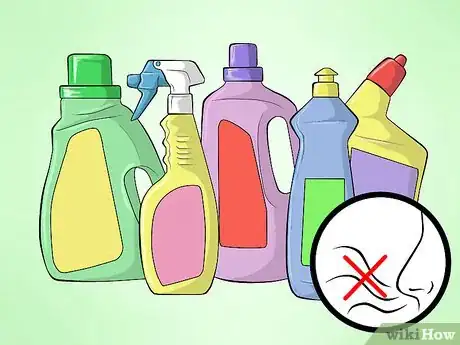
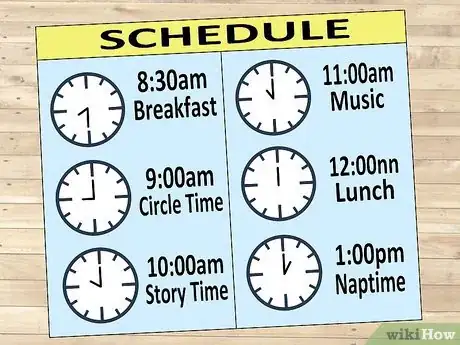
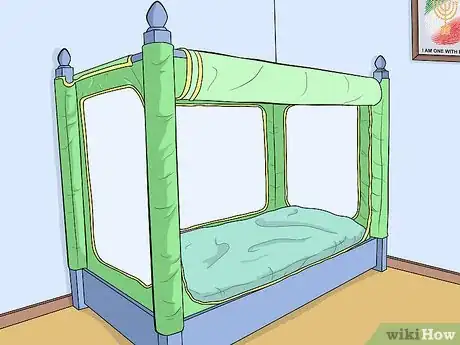



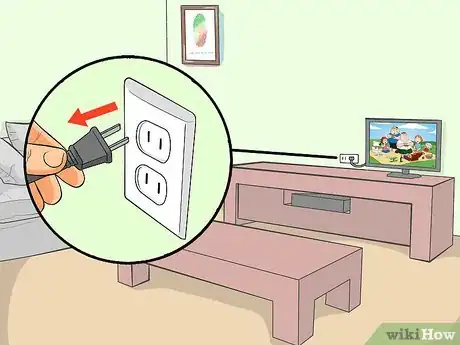
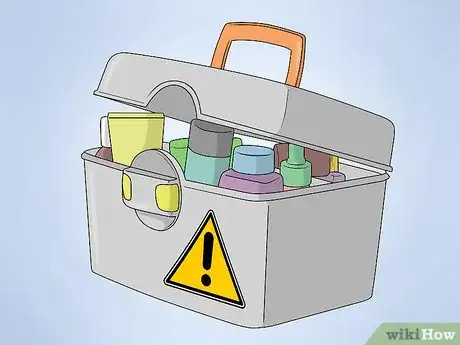


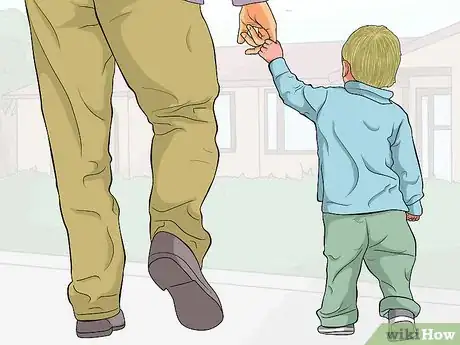
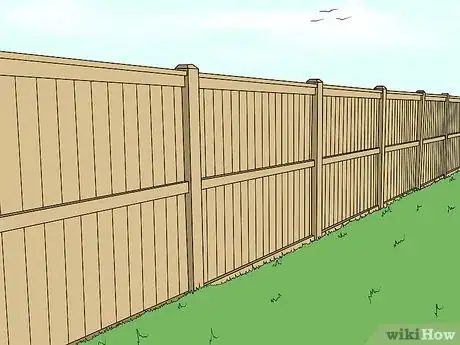

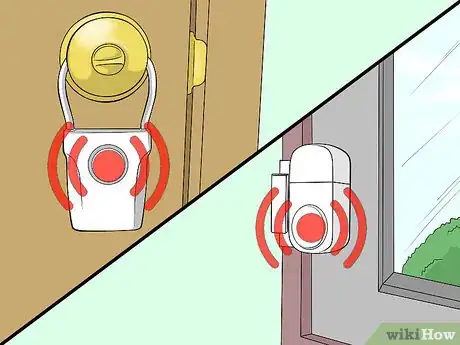

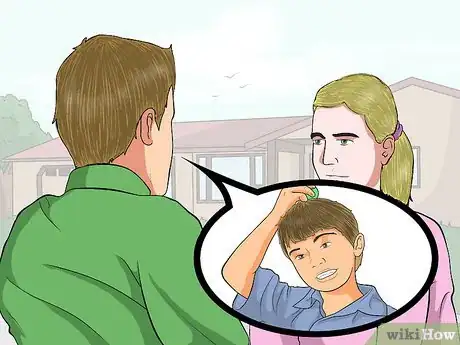









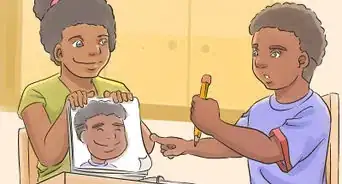


















































Medical Disclaimer
The content of this article is not intended to be a substitute for professional medical advice, examination, diagnosis, or treatment. You should always contact your doctor or other qualified healthcare professional before starting, changing, or stopping any kind of health treatment.
Read More...